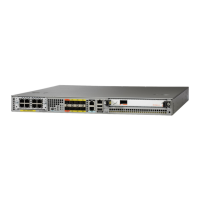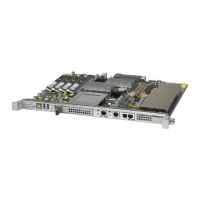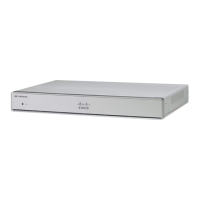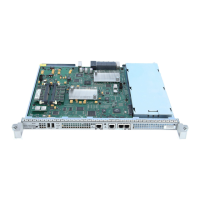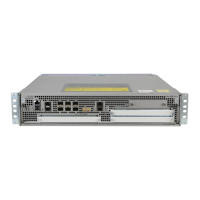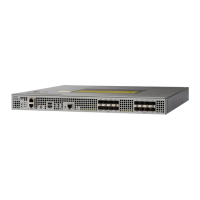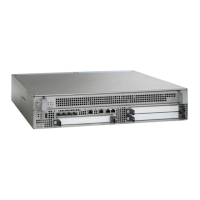B-3
Cisco 10000 Series Router Troubleshooting Guide
OL-0439-02
Appendix B Recommended Tools and Test Equipment
Testing with Breakout Boxes, Fox Boxes, and BERTs/BLERTs
Testing with Breakout Boxes, Fox Boxes, and BERTs/BLERTs
Use breakout boxes, fox boxes, and bit/block error rate testers (BERTs/BLERTs) to measure the digital
signals present at:
• PCs
• Printers
• Modems
• CSU/DSUs
These devices can monitor data line conditions, analyze and trap data, and diagnose problems common
to data communication systems. Traffic from data terminal equipment (DTE) through data
communications equipment (DCE) can be examined to:
• Isolate problems
• Identify bit patterns
• Ensure that the correct cabling is installed
These devices cannot test media signals such as Ethernet, Token Ring, or FDDI.
Testing with Network Monitors
Use network monitors to:
• Track packets crossing a network
• Provide an accurate picture of network activity at any moment
• Provide a historical record of network activity over a period of time
Network monitors do not decode the contents of frames. Monitors are useful for baselining, in which the
activity on a network is sampled over a period of time to establish a normal performance profile, or
baseline.
Monitors collect information such as packet sizes, the number of packets, error packets, overall usage
of a connection, the number of hosts and their MAC addresses, and details about communications
between hosts and other devices. This data can be used to:
• Create profiles of LAN traffic
• Locate traffic overloads
• Plan for network expansion
• Detect intruders
• Establish baseline performance
• Distribute traffic more efficiently
Testing with Network Analyzers
Use network analyzers (also called protocol analyzers) to decode protocol layers in a recorded frame and
present the layers as readable abbreviations or summaries, detailing which layer is involved (physical,
data link, and so forth) and the function each byte or byte content serves.

